Limoncello Recipe in 5 Steps – Refreshing & Authentic
What if the secret to Italy’s most beloved digestif could transform your home into a Mediterranean oasis with just five simple steps? The art of crafting authentic limoncello recipe has captivated Italian families for generations, turning humble lemons into liquid sunshine that embodies the essence of southern Italy’s coastal charm. This traditional cold drink recipe represents more than just a beverage – it’s a cultural bridge connecting you to centuries of Italian craftsmanship and hospitality.
Table of Contents
Ingredients List
For this limoncello recipe you’ll need just four essential ingredients that work in perfect harmony to create this golden elixir.
- 10-12 large organic lemons (preferably Sorrento or Meyer lemons for optimal flavor)
- 750ml high-proof vodka or grain alcohol (40-50% alcohol content works best)
- 2 cups granulated sugar (can substitute with superfine sugar for faster dissolution)
- 2 cups filtered water (avoid tap water to prevent mineral interference)
Substitution suggestions: If Sorrento lemons are unavailable, Meyer lemons provide excellent sweetness, while Eureka lemons offer more tartness. For those preferring lower alcohol content, substitute half the vodka with additional water after the infusion process. Organic cane sugar can replace granulated sugar for a slightly richer flavor profile.
Timing
This limoncello recipe requires patience and planning, as the infusion process cannot be rushed without compromising the final product’s quality and smoothness.
- Preparation time: 30 minutes for initial setup and lemon zesting
- Infusion period: 4-6 weeks for optimal flavor extraction
- Syrup preparation: 15 minutes for sugar syrup creation
- Final mixing and straining: 20 minutes
- Total active time: 1 hour and 5 minutes
- Total passive time: 4-6 weeks
- Chilling time before serving: 24 hours minimum
Step-by-Step Instructions
Step 1: Prepare the Lemon Zest
Begin your limoncello journey by selecting the finest lemons available, as their quality directly impacts your final product. Wash each lemon thoroughly under cold running water, then dry completely with clean kitchen towels. Using a sharp vegetable peeler or microplane zester, carefully remove only the bright yellow outer peel, avoiding the bitter white pith underneath. The goal is to capture the essential oils housed in the colorful zest while leaving behind any harsh elements that could compromise your liqueur’s smoothness.
Work systematically around each lemon, creating long strips or fine zest depending on your preferred method. The aromatic oils released during this process should fill your kitchen with an intoxicating citrus fragrance that hints at the delicious creation ahead.
Step 2: Create the Alcohol Infusion
Transfer your fresh lemon zest into a large, clean glass jar with an airtight lid, ensuring no plastic components touch the alcohol as they can absorb flavors. Pour the vodka or grain alcohol over the zest, making sure all pieces are completely submerged to prevent oxidation and ensure even flavor extraction.
Seal the container tightly and store it in a cool, dark place away from direct sunlight and temperature fluctuations. The infusion magic happens slowly, so resist the temptation to disturb the process frequently. Gently shake the jar once weekly to redistribute the ingredients and promote optimal extraction.
Step 3: Monitor the Infusion Progress
During the 4-6 week infusion period, observe how the clear alcohol gradually transforms into a beautiful golden yellow liquid as the lemon oils are extracted. The color intensity serves as a visual indicator of flavor development, with deeper hues generally indicating stronger citrus notes.
Taste-test after four weeks using a clean spoon, noting the balance between lemon intensity and alcohol burn. If the flavor seems too mild, continue infusing for up to two additional weeks until you achieve your desired strength.
Step 4: Prepare the Sugar Syrup
Once your infusion reaches peak flavor, create a simple syrup by combining sugar and water in a medium saucepan. Heat the mixture over medium heat, stirring continuously until the sugar completely dissolves and the liquid becomes crystal clear. Avoid boiling, as excessive heat can create unwanted caramelization that might cloud your finished limoncello.
Remove from heat and allow the syrup to cool completely to room temperature before proceeding. This cooling step prevents the hot syrup from cooking the delicate lemon oils in your infusion.
Step 5: Final Assembly and Straining
Strain your lemon-infused alcohol through a fine-mesh strainer lined with cheesecloth or coffee filters, removing all solid particles to achieve crystal-clear results. Combine the strained alcohol with your cooled sugar syrup in a clean glass container, stirring gently to ensure complete integration.
The mixture may appear slightly cloudy initially, but this will settle with time and proper chilling. Transfer your finished limoncello recipe into clean glass bottles, leaving minimal headspace to prevent oxidation during storage.
Nutritional Information
For a serving of this limoncello recipe (1.5 oz serving), you can expect the following nutritional profile based on traditional preparation methods:
- Calories: 125-140 per serving
- Carbohydrates: 11-13 grams
- Sugars: 10-12 grams
- Alcohol content: 25-30% by volume
- Fat: 0 grams
- Protein: 0 grams
- Sodium: 1-2 milligrams
- Vitamin C: 8-12 milligrams
Healthier Alternatives for the Limoncello Recipe
Transform your limoncello recipe into a healthier version with these modifications that maintain authentic flavor while reducing calories and sugar content:
- Sugar-free sweetener substitution: Replace granulated sugar with stevia or monk fruit sweetener, using one-third the amount for equivalent sweetness
- Lower alcohol version: Dilute the final product with additional water or sparkling water to reduce alcohol content by 25-30%
- Honey-sweetened variation: Substitute sugar with raw honey for added antioxidants and minerals, though this will create a slightly different flavor profile
- Reduced sugar concentrate: Cut sugar content by half to create a more intensely flavored concentrate that can be diluted when serving
- Agave nectar option: Use organic agave nectar as a lower glycemic index alternative to traditional sugar
- Coconut sugar alternative: Replace white sugar with coconut sugar for additional minerals and a subtle caramel undertone
Serving Suggestions
Elevate your limoncello recipe experience with these ideas that showcase its versatility beyond traditional digestif service:
- Classic digestif service: Serve ice-cold in chilled shot glasses after rich meals to aid digestion and cleanse the palate
- Cocktail mixer: Blend with prosecco and fresh berries for an elegant spritz perfect for summer entertaining
- Dessert enhancement: Drizzle over vanilla gelato or incorporate into tiramisu for authentic Italian dessert experiences
- Sparkling water addition: Mix with sparkling water and fresh mint for a refreshing low-alcohol aperitif
- Cake soaking liquid: Use to moisten pound cake or sponge cake layers in layered desserts
- Fruit salad finishing touch: Add a splash to fresh fruit salads for enhanced flavor complexity
- Ice cream float: Pour over lemon sorbet with a splash of sparkling wine for an elegant dessert drink
Common Mistakes to Avoid
Master this limoncello recipe by avoiding these pitfalls that can compromise your final product’s quality and authentic taste:
- Using tap water: Municipal water often contains chlorine and minerals that interfere with the delicate lemon flavors
- Including white pith: The bitter white layer beneath lemon skin creates harsh, unpleasant flavors that overpower the bright citrus notes
- Rushing the infusion process: Insufficient steeping time results in weak flavor that lacks the characteristic intensity of authentic limoncello
- Improper storage temperature: Exposing the infusion to heat or temperature fluctuations prevents proper oil extraction and can spoil the alcohol
- Using low-quality alcohol: Cheap vodka or grain alcohol introduces harsh flavors that persist even after proper infusion and sweetening
- Over-sweetening: Adding too much sugar masks the bright lemon flavors and creates cloying sweetness rather than balanced refreshment
- Contaminated equipment: Using unclean jars or utensils introduces bacteria that can spoil the entire batch during the long infusion period
Storing Tips for the Limoncello Recipe
Preserve the freshness of your limoncello recipe with these strategies that maintain optimal flavor and quality over extended periods:
- Freezer storage: Keep bottles in the freezer for optimal serving temperature and extended shelf life of up to two years
- Dark glass bottles: Transfer finished limoncello to dark glass containers that protect against light degradation and preserve color intensity
- Minimal air exposure: Fill bottles completely to prevent oxidation that can dull flavors and alter the liqueur’s characteristic brightness
- Temperature consistency: Avoid temperature fluctuations by storing in consistently cool environments away from heat sources
- Clean bottle preparation: Sterilize all storage containers with boiling water to prevent contamination during long-term storage
- Labeling system: Mark bottles with preparation dates to track aging and ensure consumption within optimal timeframes
- Small batch division: Store in smaller bottles to minimize air exposure each time you serve, preserving the remaining liquid’s quality
Conclusion
This authentic limoncello recipe transforms simple ingredients into liquid sunshine through patient infusion and careful technique. The five-step process rewards your patience with intensely flavored results that capture Italy’s coastal essence in every sip. Perfect timing, quality ingredients, and proper storage ensure your homemade creation rivals any artisanal version.
Try this limoncello recipe and share your experience in the comments below, letting us know how your limoncello turned out and any creative serving ideas you discovered along the way.
FAQs
Can I use regular lemons instead of organic ones? Yes, but wash them thoroughly and consider that non-organic lemons may have wax coatings that should be scrubbed off before zesting.
How long does homemade limoncello recipe last? Properly stored limoncello maintains peak quality for 2-3 years in the freezer, though the alcohol content prevents spoilage indefinitely.
Can I speed up the infusion process? While some recipes suggest heating methods, traditional cold infusion produces superior flavor complexity that’s worth the wait.
What’s the ideal alcohol percentage for limoncello? Aim for 25-30% alcohol by volume in your finished product for authentic taste and proper preservation.
Can I make limoncello recipe without sugar? Sugar is essential for authentic limoncello, but you can experiment with alternative sweeteners while understanding the flavor profile will change.
Why is my limoncello recipe cloudy? Cloudiness often results from temperature shock when mixing hot syrup with cold alcohol, or from filtering issues that will settle with time and proper chilling.
Your Feedback Matters
There are no reviews yet. Be the first one to write one.

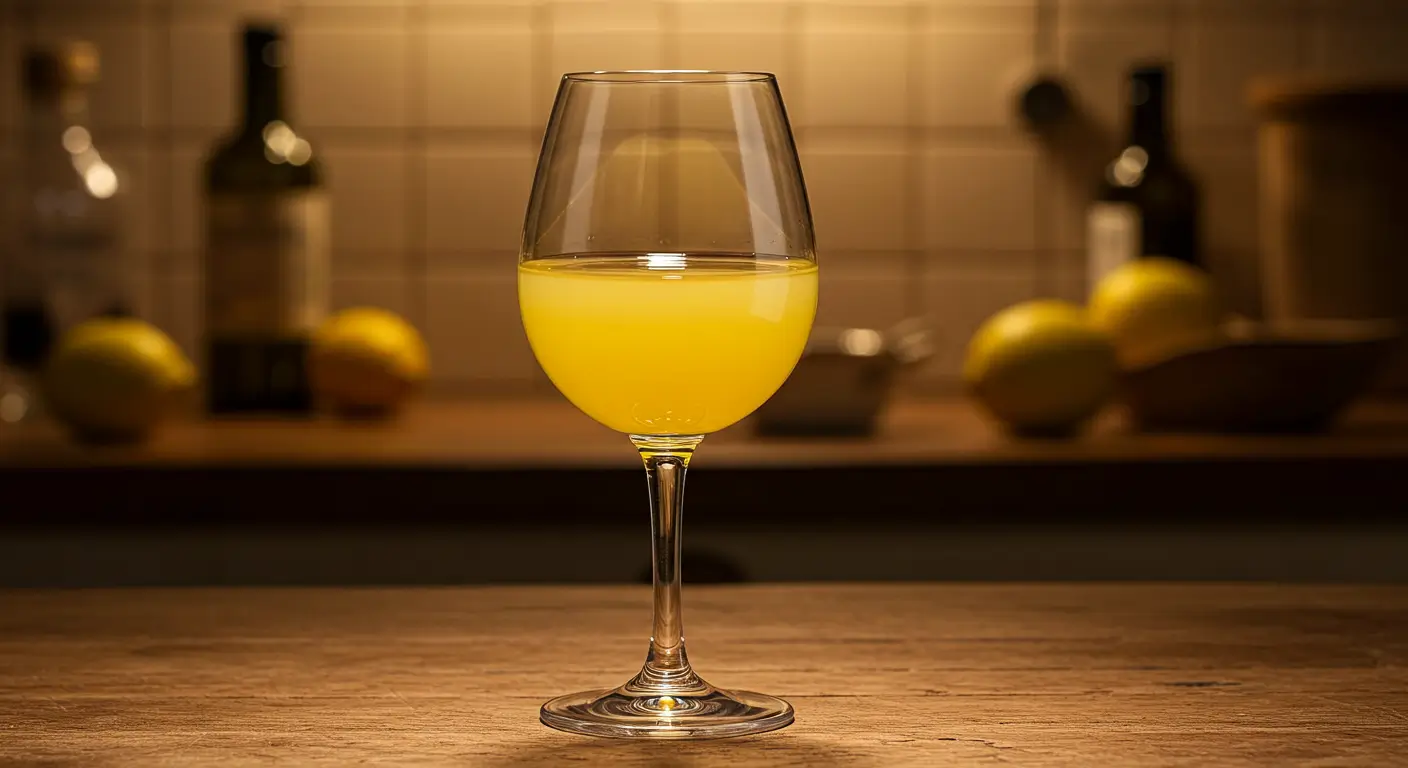
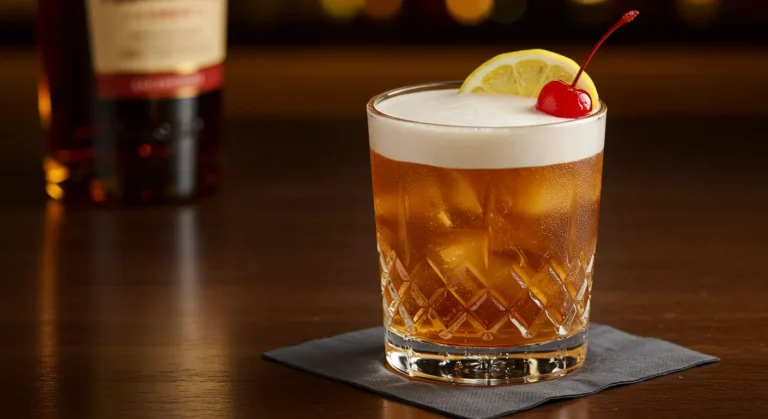
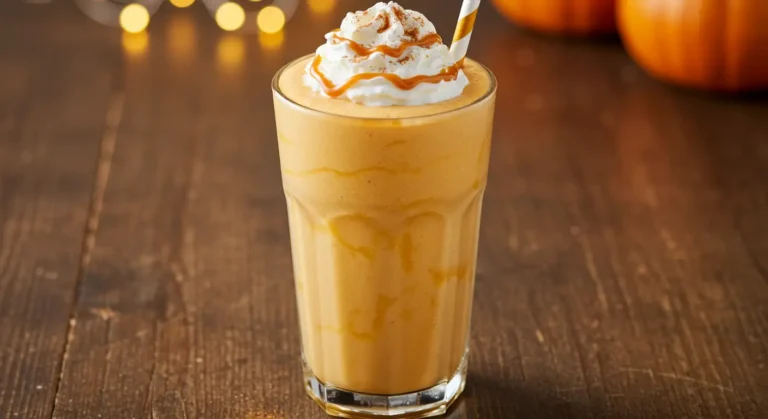
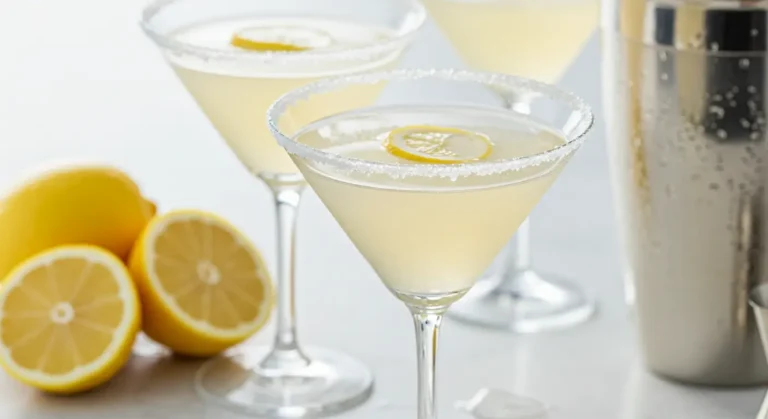
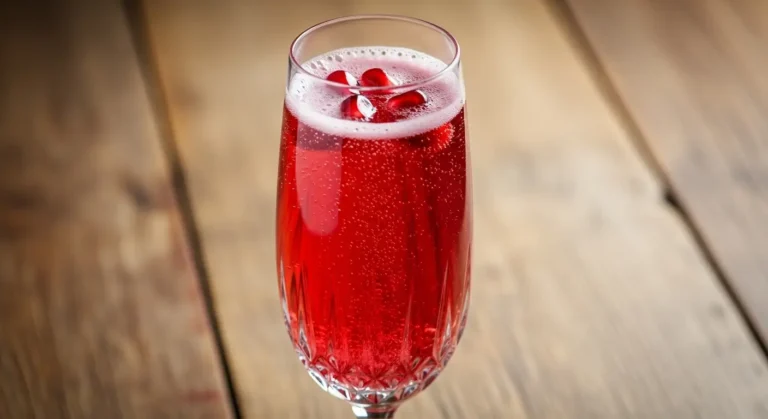
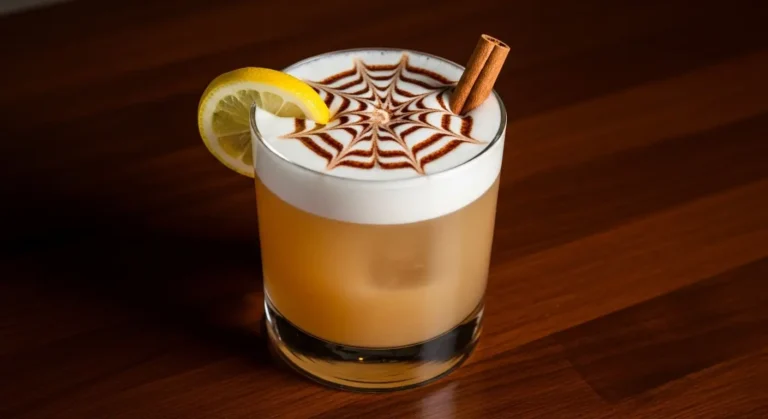
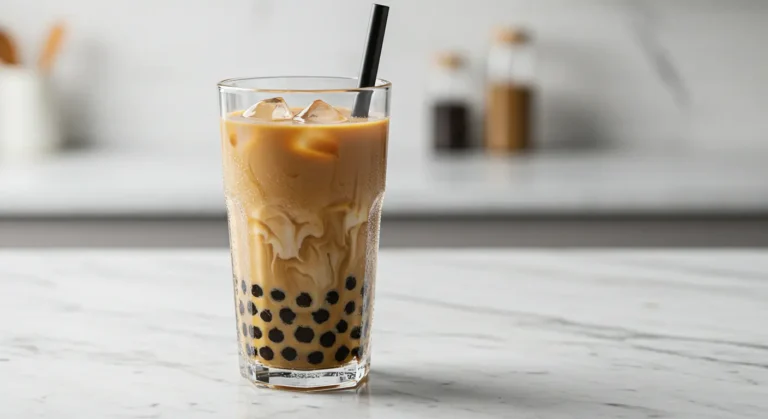
One Comment
Comments are closed.